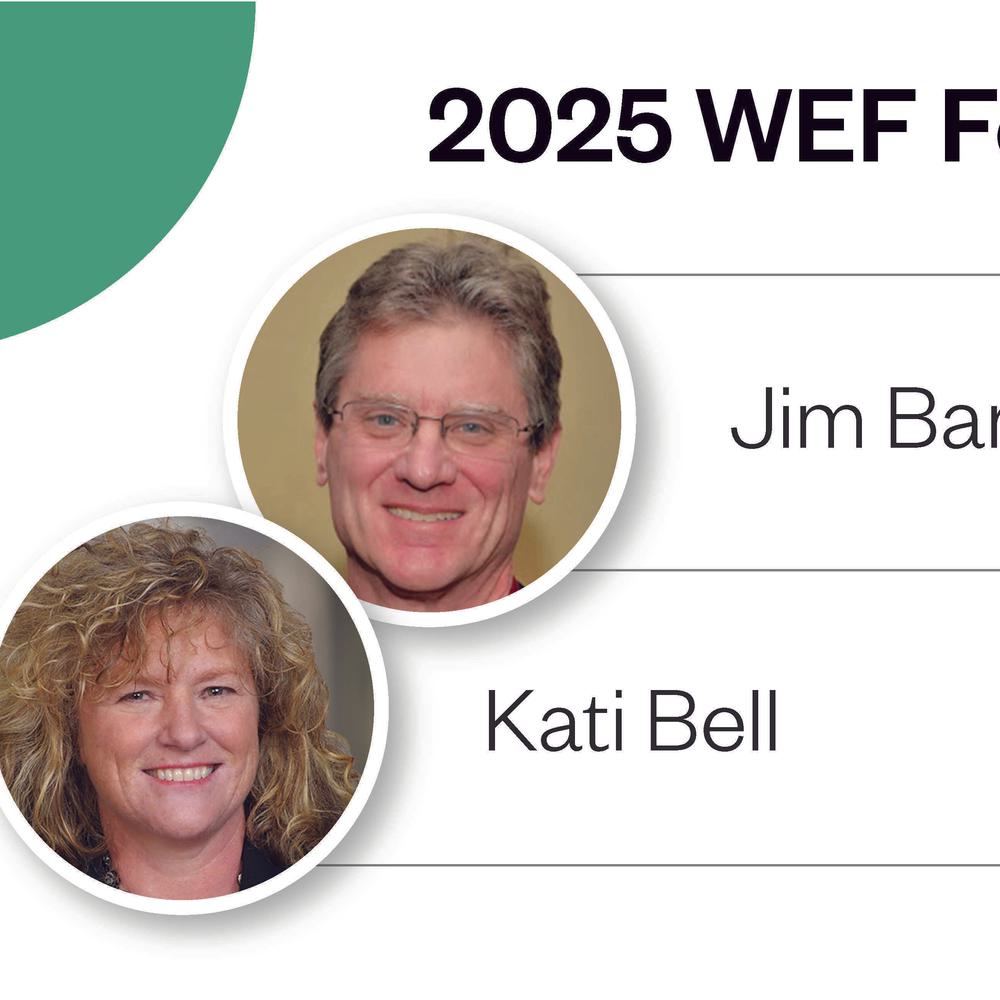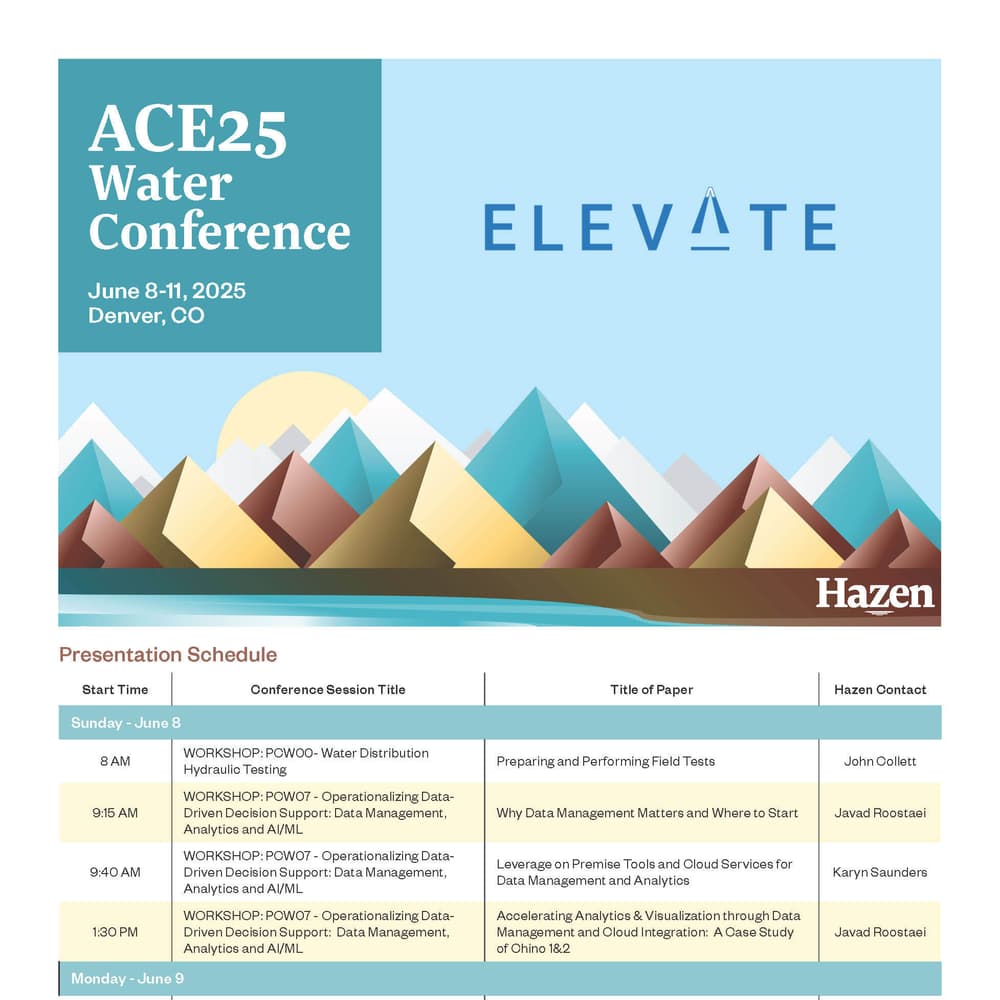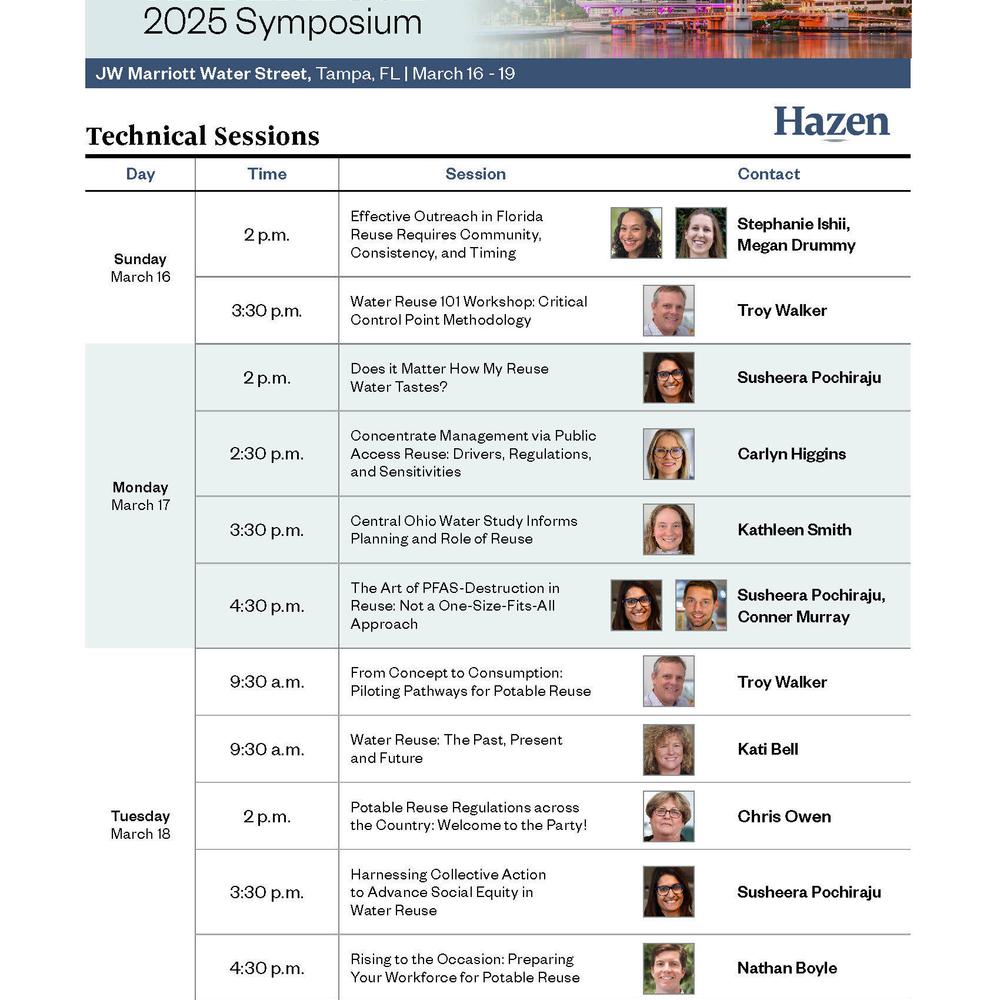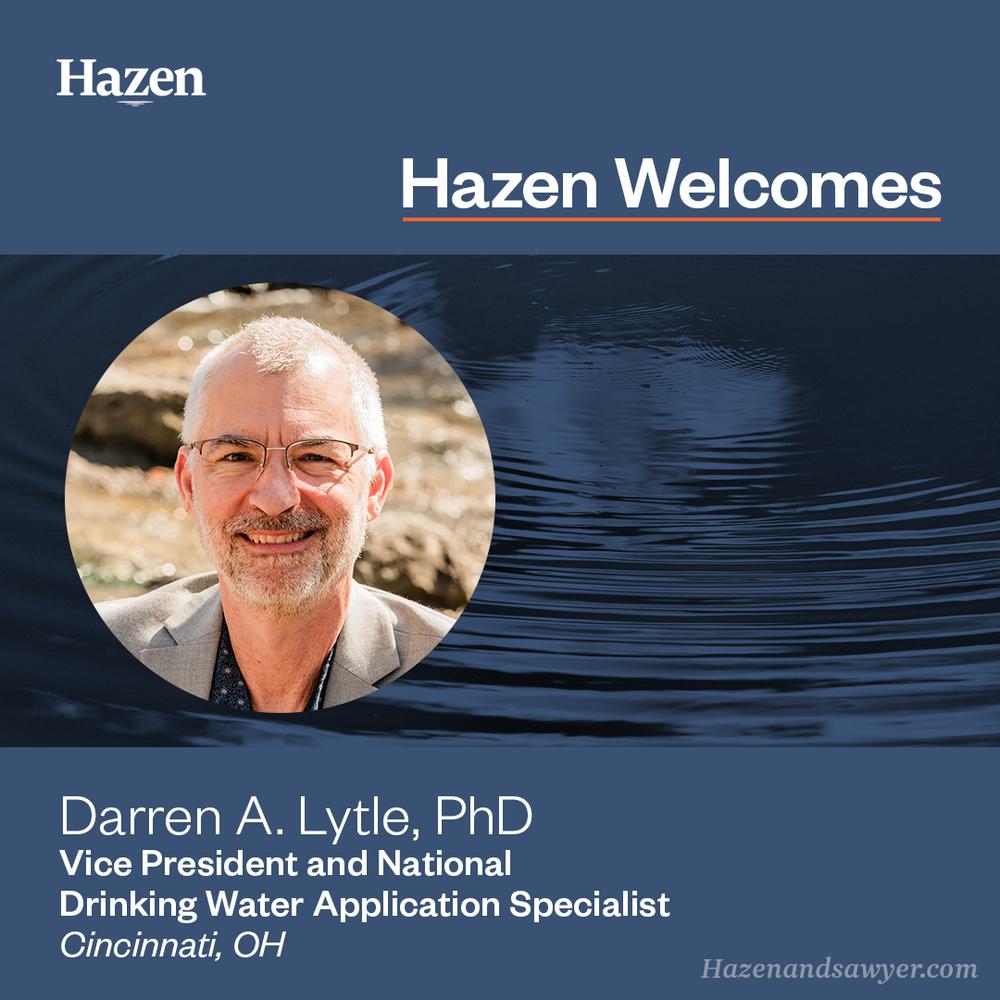Blending in Potable Reuse - Challenges of and Solutions to Meeting Multiple Water Quality Objectives
Ben Stanford, William Becker, Jean Debroux, Stuart Khan, Wendell Khunjar, Stephanie Ishii
Last Modified Dec 06, 2022
Factors to Consider
Operational considerations unique to direct potable reuse (DPR), with a focus on the implications of blending DPR product water into an existing drinking water system.

This presentation will discuss operational considerations unique to direct potable reuse (DPR), with a focus on the implications of blending DPR product water into an existing drinking water system. A wide range of DPR blending scenarios will be presented in order to highlight the potential impacts on distribution system stability and finished water quality. Planning, monitoring, and engineering strategies will be discussed as a means for addressing these various blending scenarios and associated implications.
In response to population growth, increased urban density, and varying climate, water agencies in the Unites States and internationally are exploring and implementing planned potable reuse of municipal wastewater, through indirect potable reuse (IPR) and DPR. Both IPR and DPR can provide a safe, reliable pathway for ensuring an adequate water supply, with careful consideration of operation being critical to sustained success. More specifically, the implications of relying on effective and consistent wastewater treatment as a means of source water protection, as well as the overall impacts of blending water supplies, must be acknowledged and addressed when considering potable reuse.
Incorporating potable reuse into a water supply portfolio presents many of the same challenges as selecting and blending any new water source into an existing system. Blending requires a high level of operational surety, appropriately sized storage and mixing zones, and a firm understanding of potential impacts on process performance and distribution system stability. Multiple tools and recommendations that have been developed in support of source water blending will be reviewed in the context of potable reuse. Additionally, evidence will be presented as to why there is a need to strike a balance between being within the appropriate range for an individual water quality parameter (e.g., chloride) and being within the appropriate range for indices that consider combinations of water quality parameters (e.g., chloride-to-sulfate mass ratio).
In addition to existing guidance, there are several factors that may be unique to DPR or at least require special consideration when evaluating the feasibility of blending DPR product water into an existing drinking water system. These factors span a wide range, including adaptation to rapid changes in blending ratios, maintenance of distribution system flow and pressure, impacts of nitrogen species on disinfection compliance and finished water quality, disinfection byproduct formation, corrosion control, and aesthetic concerns. The relationship between DPR and each of these factors will be discussed, as well as recommended pilot testing/planning evaluations and water quality monitoring for pre- and post-implementation of DPR blending to address these factors. Overall, this presentation aims to inform site-specific evaluations of potential DPR blending scenarios in order to support the safe and reliable use of potable reuse.










